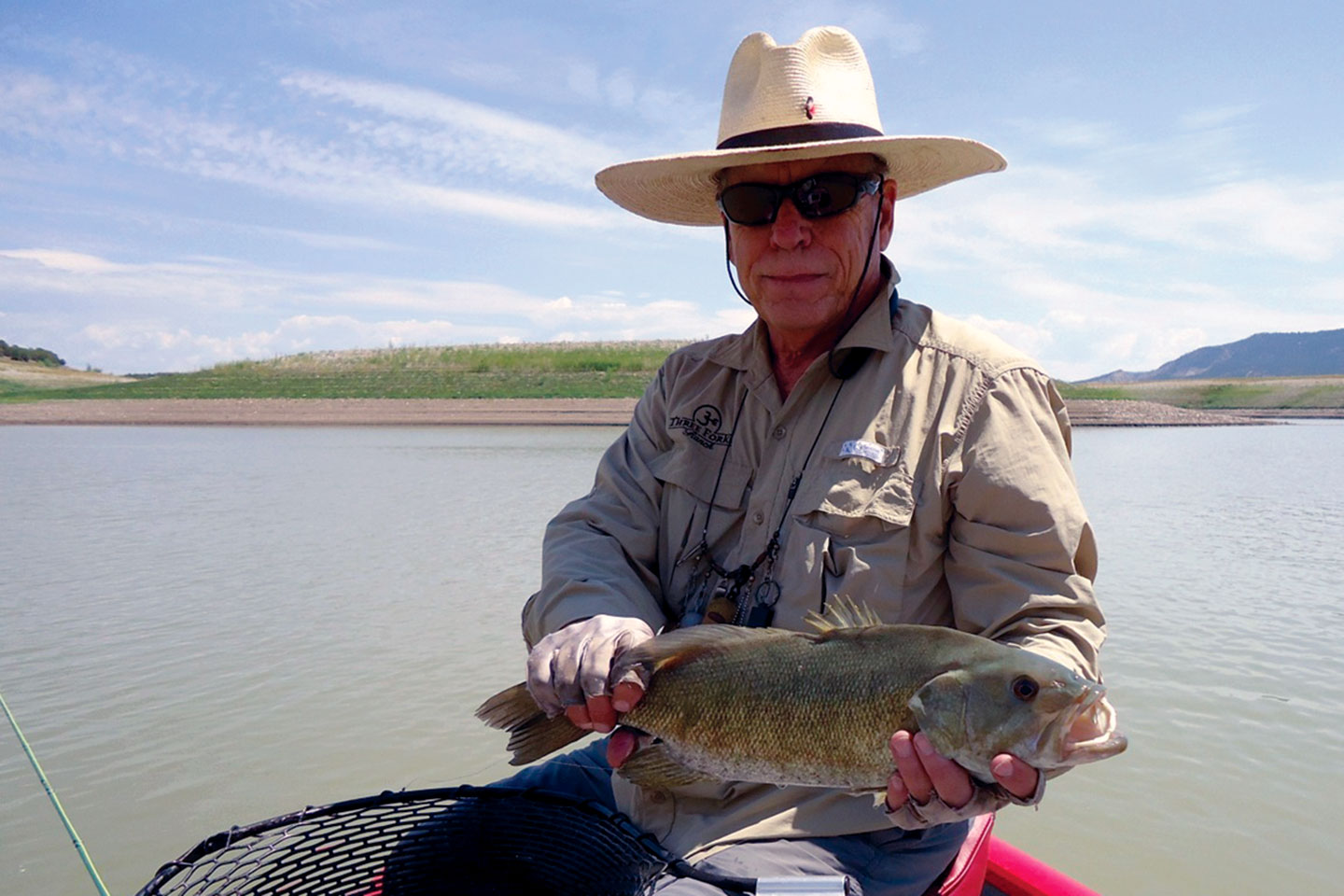It seems every time I turn on the news there is a story about a law enforcement officer being shot and killed, or wounded just because they’re wearing a uniform. The people who work for the Colorado Parks and Wildlife (CPW) are part of that group of uniforms. So, to show more appreciation for the CPW folks I suggest we redo a website that the Wildlife Council of Colorado has. It’s called www.huganangler.com. If you get television from Denver you may have seen their spots. I believe we need a website titled www.hugacpwperson.com.
Even if you are on the waters of Colorado all the time, you may not know exactly what is the purpose of the CPW. I visited with Joe Lewandowski, who is the CPW public information specialist for the southwest region of Colorado. He directed me to the CPW website, plus gave me information that is hard to find on the website. He is a wealth of knowledge. Their website states, “The Colorado Parks and Wildlife is charged by statute to protect, preserve, enhance, and manage wildlife for the use, benefit and enjoyment of the people of the this state and its visitors. The creation of regulations by the Parks and Wildlife Commission and the enforcement of season dates, bag limits, and license requirements facilitate wildlife management objectives such as: determining the numbers and types of wildlife taken, and providing opportunities to hunt, fish, or engage in other wildlife-related recreation.” That’s a lot to do. They do this with 886 permanent employees, and 1,059 temporary employees.
This group of people watches over, and takes care of 42 parks that encompass 220,385 acres, and 346 state wildlife areas totaling 679,000 acres. Within those areas, anglers have access to 2,000 natural lakes, 800 reservoirs, and 9,500 miles of streams. To help keep the fish populations stable, there are 19 hatcheries that stock 90 million fish annually. These numbers don’t take into consideration all the national forests the CPW works in and monitors. The budget for 2014-15 was 213.9 million dollars. Any way you want to break the budget down, it’s a lot of work for not much money. Money for the CPW comes from licenses, grants, the federal government and severance taxes. None of it comes from sales tax.
For those of us that fish in Colorado we are most likely to come into contact with an employee of CPW that is either a park ranger of wildlife officer. We sometimes refer to them as game wardens. They are that, and more. To start with they are certified Colorado peace officers. That designation in and of itself is hard to earn. The peace officer rating is needed because not only do they deal with violations in the forest; they are also called in to work against organized crime and drug cartels. But, before that designation is earned, a person wanting to have a career with the CPW needs at least a bachelor’s degree in biology, natural resource management, parks and recreation administration, or some other closely related field. Obviously, it is not easy to be CPW officer or one of the many people you never see.
So, how do we as fishermen behave on the rivers and lakes? In 2015 the CPW issued 5,209 total citations. We as fishermen accounted for 1,626 of those violations. We can do better.
As my conversation with Joe wound down I asked him, “What is the number one thing the CPW needs from the people using all of our natural resources?” Joe gave me two items, “realize what all the CPW does, and be supportive of higher licensing fees.” Because I’m a senior my fishing license cost me $1.00 this year. I think it is time our fees for in-state licenses comes to a level that helps the CPW do their job.
But, let’s not only raise the fees. Let’s give some hugs and thank you’s to the people of the CPW. And, while you’re at it, don’t forget all the other law enforcement people you meet.

